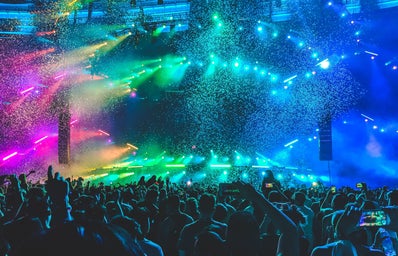While “Thirteen Reasons Why” claims to depict instances of sexual assault and bullying realistically, many viewers are starting to question Yorkey’s motives, as relevant, real-world issues should be taken seriously, and not exaggerated for audience expense or higher ratings. In addition to “the bathroom scene” in the second season finale, audiences also had varying responses to the suicide scene of season one, as they questioned its contribution to the plot of the show. Although the show’s more intense scenes have received mixed reviews, many viewers appreciate how racial and gender-related issues are discussed on screen.
As for Joseph Yorkey’s depiction of race, Jessica, who comes from a bi-racial family, claims that she doesn’t resemble a “perfect victim”, as she isn’t entirely caucasian. For example, when encouraged to speak with the police, Jessica answered: “You weren’t there. Hannah’s gone, and she was sweet, and sensitive, and white. I’m not the right kind of victim to go against Bryce Walker, not when it’s his word against mine.” In this instance, Jessica is referencing Bryce’s privileged, white lifestyle, and how his prestigious family has the means to protect him.
Yorkey’s depiction of Bryce’s character is said to resemble many real-life instances of sexual assault that involve a privileged, caucasian-male perpetrator. In more specific terms, Bryce’s case is almost identical to that of Brock Turner’s in 2016, as the judge seemed to value the perpetrator’s reputation and athletic career more than the trauma endured by his victims. While many viewers believe that “Thirteen Reasons Why” is prolonging Bryce’s storyline, countless others appreciate how his pathetic sentence of three months’ probation mirrors modern cases of sexual assault.
In a Vanity Fair article entitled “How ‘Thirteen Reasons Why’ Successfully Grapples with the #MeToo Movement”, journalist Joanna Robinson states: “But even as ‘Thirteen Reasons Why’ bends to the breaking point in order to keep Bryce in the picture, it’s impossible to deny that his reprieve reflects a sad reality.”
Another real-world issue discussed in “Thirteen Reasons Why” is the prominence of school shootings and gun violence. For instance, just weeks after the most recent shooting took place in San Antonio this past May, the show’s second season finale includes a scene of potential gun violence, and emphasizes how bullying often plays a role in school shootings – a controversial standpoint that has received many mixed reviews. While taunting and bullying are prominent issues in almost any school district, many viewers believe that bullying doesn’t justify a shooter’s malicious intent.
Although “Thirteen Reasons Why” received a “mature” television rating, teenagers, especially high school students, should be able to identify the real-world issues it brings to light in their own lives and school districts. As shown by its discussions of gun violence, racial/gender equality and sexual assault, the creators of “13RW” want viewers to start talking, though their intent to either shock viewers or spark positive change has yet to be determined.

